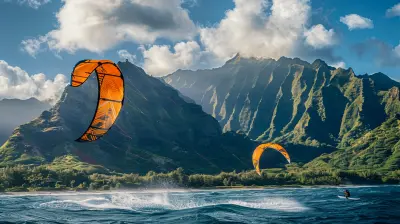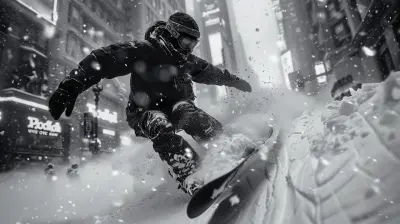Protecting Your Knees: Injury Prevention Tips for Skiers
21 June 2025
Skiing is a blast—wind in your face, snow under your boots, and the thrill of carving down a mountain. But let’s be real: the sport isn’t all powder days and après-ski hot cocoa. It can be downright brutal on your knees. Whether you're a seasoned shredder or a bunny slope beginner, your knees take a beating if you're not careful.
If you've ever ended a ski day limping or nursing a sore knee, you're not alone. Knee injuries are the most common injuries in skiing. But here's the good news: many of them can be prevented with a little know-how and a lot of self-care. In this guide, we're diving into smart, simple, and effective ways to protect your knees and keep you cruising down the slopes—not stuck on the couch with an ice pack.
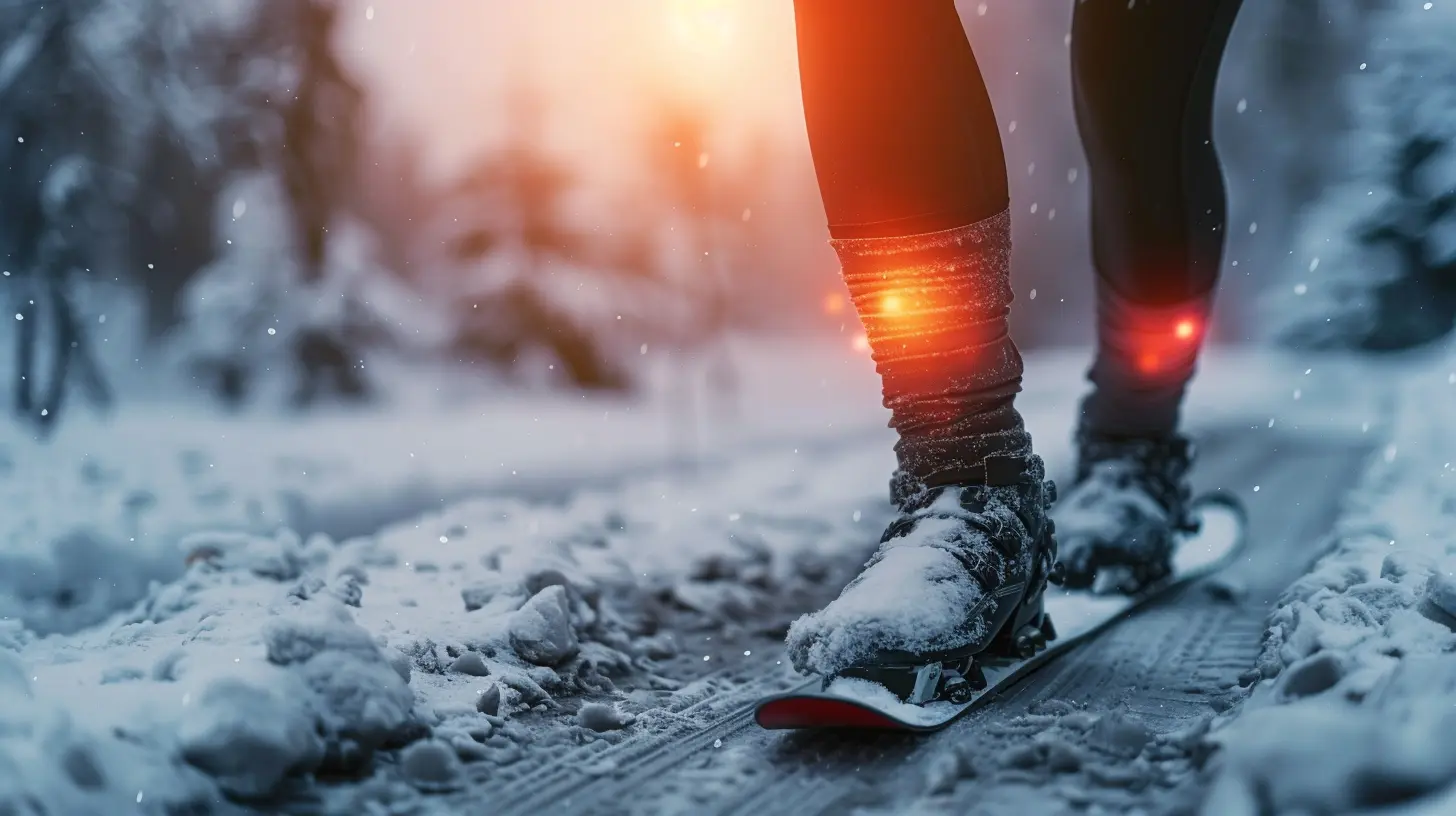
Why Are Skiers So Prone to Knee Injuries?
Let’s start with the basics. Skiing puts your body in all kinds of awkward positions—twisting, turning, and absorbing impact. And since your feet are locked into boots that are clipped into skis, guess where all that force gets transmitted when things go sideways? Yep, your knees.ACL (anterior cruciate ligament) injuries get a lot of attention, and for good reason. They’re one of the most common ski-related injuries, often caused by a sudden twist or fall. MCL (medial collateral ligament) injuries are also common, usually from impact or overextension.
So, what can we do about it? Plenty.
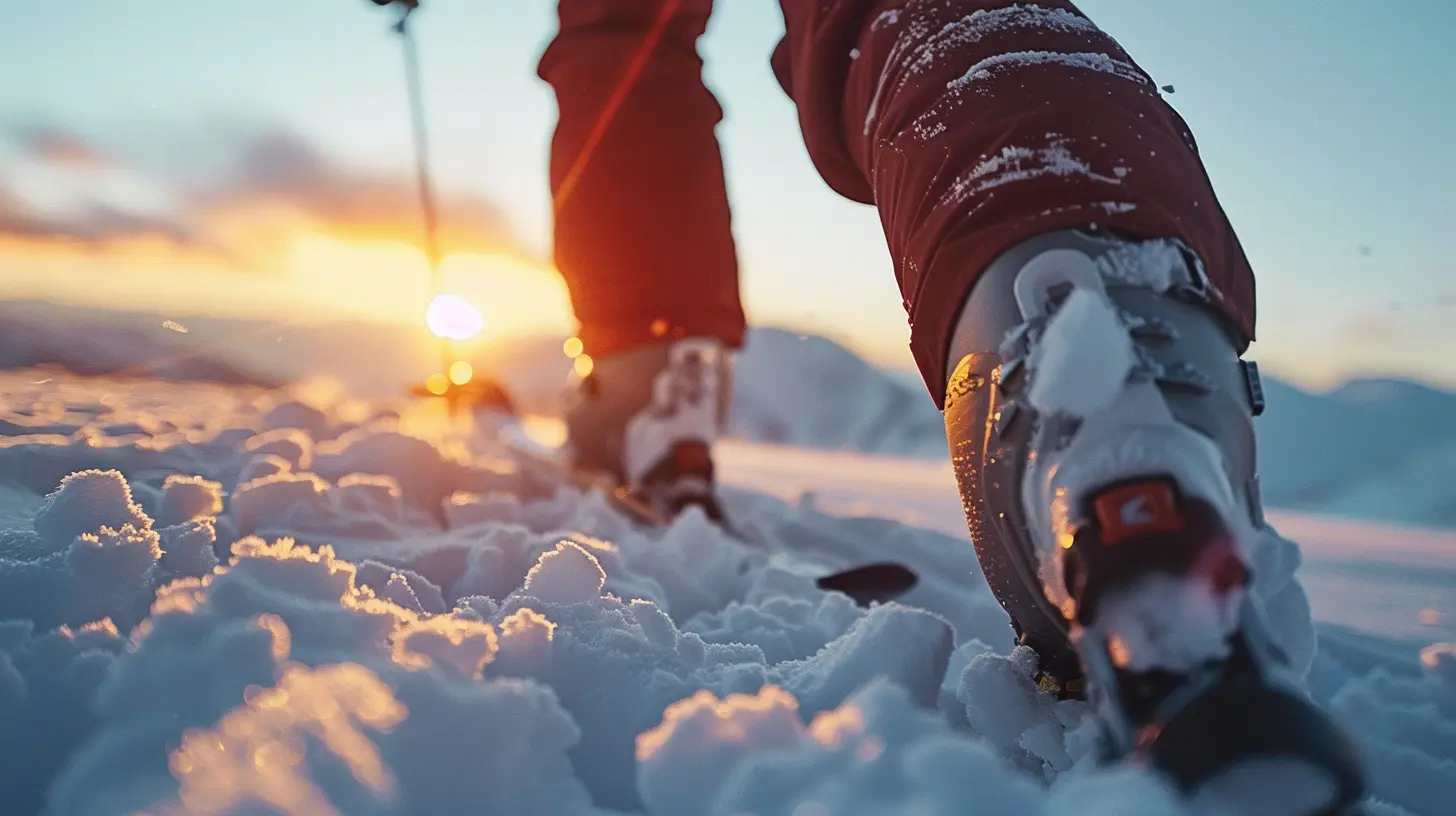
Get in Shape Before Ski Season
Listen, I know it’s tempting to swap the gym for Netflix during the off-season. But treating ski season like a marathon and not a sprint can save your knees—literally.💪 Focus on Strength Training
Your knees are only as strong as the muscles supporting them. That means building up your:- Quads and Hamstrings – These muscles stabilize your knee joint.
- Glutes – They help control your leg movements and prevent twisting.
- Calves and Shins – These support your lower leg and help absorb shock.
- Core – A strong core supports your entire body and improves balance.
Simple exercises like squats, lunges, deadlifts, and planks can work wonders. No fancy gym needed—just your body weight and a commitment to consistency.
🧘 Don't Skip Flexibility and Mobility Work
Tight muscles pull on your joints and limit range of motion. That’s a recipe for injury. So stretch. Often. Especially your hips, hamstrings, calves, and quads. Foam rolling is another great tool to release tight fascia and promote mobility.Yoga, dynamic stretching routines, or even 10 minutes of daily stretching can keep you limber and ready for the slopes.
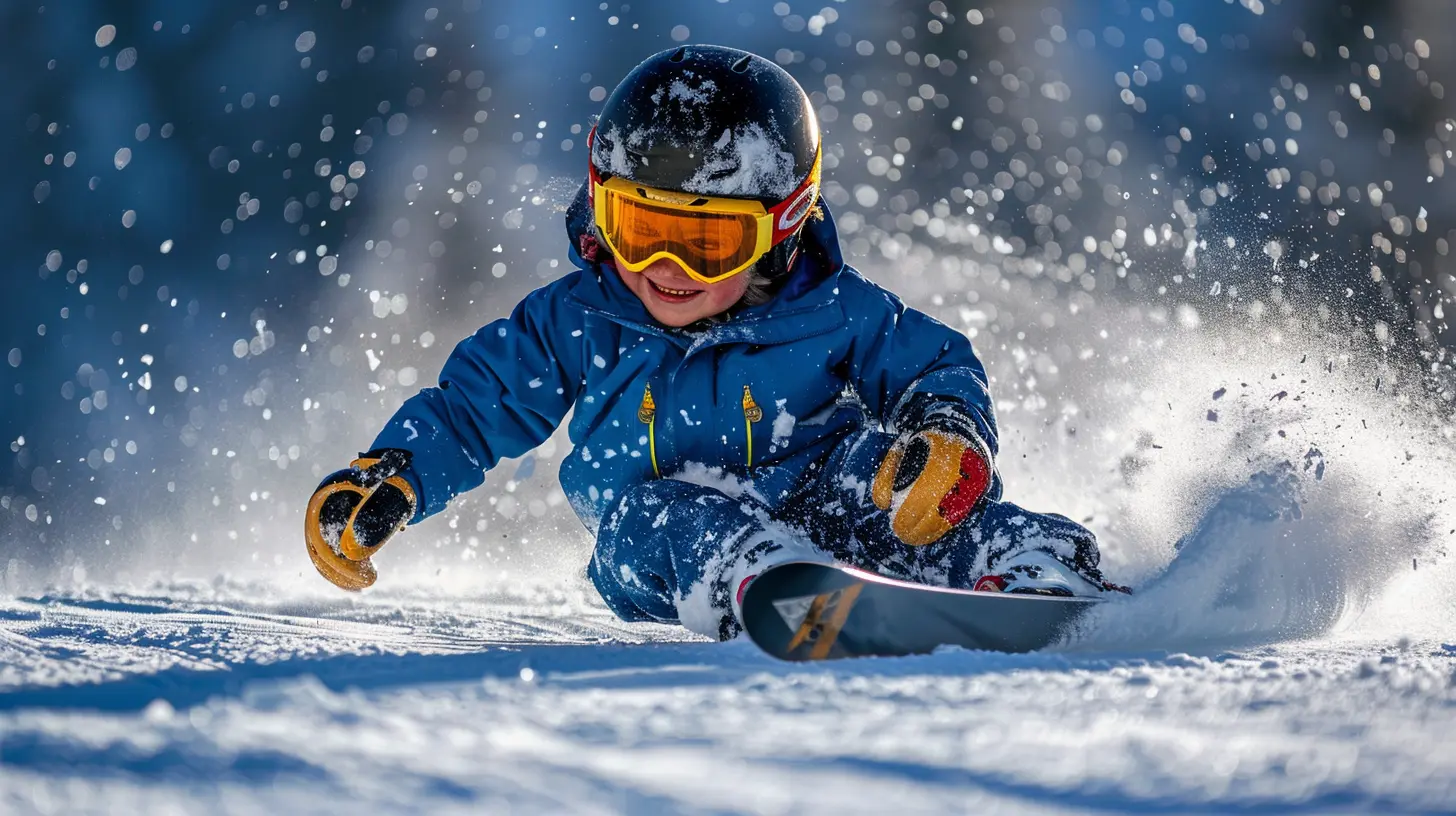
Warm Up Like You Mean It
You wouldn’t floor it in your car on a cold morning, right? Your body needs a proper warm-up, too. Jumping straight on the lift without prepping your body is like asking your knees to do all the work without any help.🔥 Easy Warm-Up Routine Before You Ski
1. Jumping Jacks or Jog in Place (2-3 mins) – Get your heart rate up.2. Leg Swings (Front-to-back and side-to-side) – Loosen up your hip sockets.
3. Bodyweight Squats (15-20 reps) – Activate your glutes and quads.
4. Lunges with Twist (10 each side) – Wake up your core and improve balance.
5. High Knees or Fast Feet (30 seconds) – Boost agility.
Warm muscles are more elastic, responsive, and less prone to tearing. Don’t skip this step.
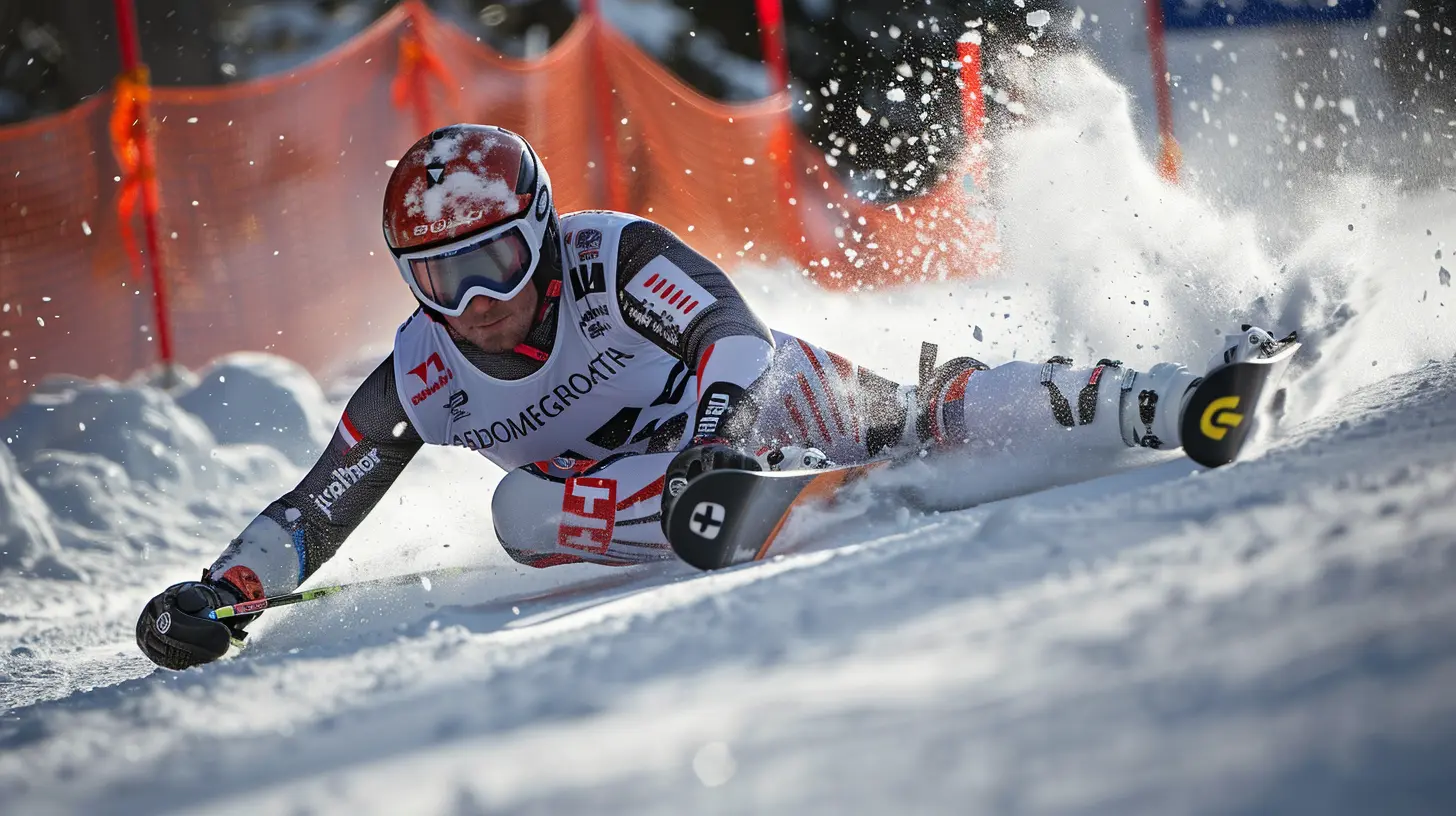
Choose the Right Gear
You wouldn’t ski in sneakers, right? Just like your boots and skis need to fit right, so does the rest of your gear.🥾 Properly Fitted Boots
Your ski boots should feel snug but not painful. Poorly fitted boots can mess with your posture and alignment, putting extra strain on your knees. Get a professional fitting—it’s worth it.🎿 Ski Bindings Matter
Your bindings are your knees’ bodyguard. They should release when needed to prevent unnatural twisting. Have them adjusted by a certified ski tech based on your height, weight, skill level, and style of skiing.Bindings that are too tight won’t release during a fall, and that’s when things like ACL injuries happen.
🛡️ Knee Braces and Support
If you’ve had past knee injuries or just want extra support, a sports-specific knee brace can offer added stability. They’re like a seatbelt for your knees—preventing hyperextension and unnecessary twist.Master Your Technique
Technique matters. A lot. Poor skiing form not only slows you down but also makes injury far more likely.🧍 Stay Balanced
Keep your weight centered over your skis. Leaning too far forward or backward throws off your balance and puts pressure on your knees.Think of skiing as dancing with the mountain. You don’t want to fight it—you want to flow with it.
❌ Don’t Lock Your Knees
Locked knees are stiff and vulnerable. Keep a slight bend in your knees at all times. This acts like shock absorption and gives you more control.🤯 Learn to Fall (Yes, Really)
No one wants to fall, but it happens. And if you’re going to fall, do it smart:- Try to fall to the side, not backwards.
- Avoid twisting your legs as you go down.
- Let your bindings do their job—don’t try to fight it.
Falling strategically can be the difference between a bruise and a blown-out ACL.
Know Your Limits
This one’s simple: if you’re tired, sore, or just not feeling it, take a break. Fatigue is sneaky. It dulls your reactions and makes bad technique more likely. That’s when injuries happen.Drink some water. Grab a snack. Chill in the lodge for a bit. The mountain will still be there when you’re ready.
Don’t Skip Recovery
You crushed it on the slopes—now take care of your body so you can do it all again tomorrow.🧊 Use Ice and Elevation
If your knees feel sore or swollen after skiing, get ahead of it. Ice them for 15-20 minutes and prop them up with a pillow. Reduce inflammation before it becomes an issue.🧘 Stretch Again
Yep, more stretching. Cooling down helps prevent tightness, improves circulation, and supports faster recovery.😴 Get Good Sleep
Your body heals when you sleep. Don’t underestimate the power of rest. Eat well, hydrate, and get your Zzzs.
Consider Taking a Lesson
Even if you’ve been skiing for years, a lesson with a pro instructor can fine-tune your technique. They can spot bad habits you didn’t even know you had—and help you correct them before they turn into injuries.Investing in your skills isn't just about looking good on the mountain. It's about skiing smarter and safer.
Final Thoughts: Ski Smart, Ski Safe
Your knees are your MVPs on the mountain. They twist, bend, absorb shock, and help you turn on a dime. They deserve a little TLC, don’t you think?By getting in shape, warming up, using the right gear, and practicing good technique, you can slash your risk of injury and stay in the game all season long.
So next time you’re gearing up for a day on the slopes, remember: strong knees = more skiing, more fun, and fewer doctor visits. Keep those knees happy, and let the mountain become your playground—not your battleground.
all images in this post were generated using AI tools
Category:
SkiingAuthor:

Onyx Frye
Discussion
rate this article
2 comments
Jacob McElveen
Great tips for knee health!
June 23, 2025 at 1:04 PM

Onyx Frye
Thank you! I'm glad you found the tips helpful for knee health!
Zacharias Nelson
Great article! Skiing is such a thrilling sport, but knee injuries can be devastating. It's important to prioritize safety and follow these tips. Stay safe on the slopes, and enjoy every moment of your skiing adventures!
June 21, 2025 at 10:59 AM

Onyx Frye
Thank you! I'm glad you found it helpful. Prioritizing safety is key to enjoying skiing. Stay safe and have fun out there!
